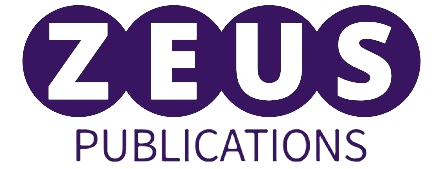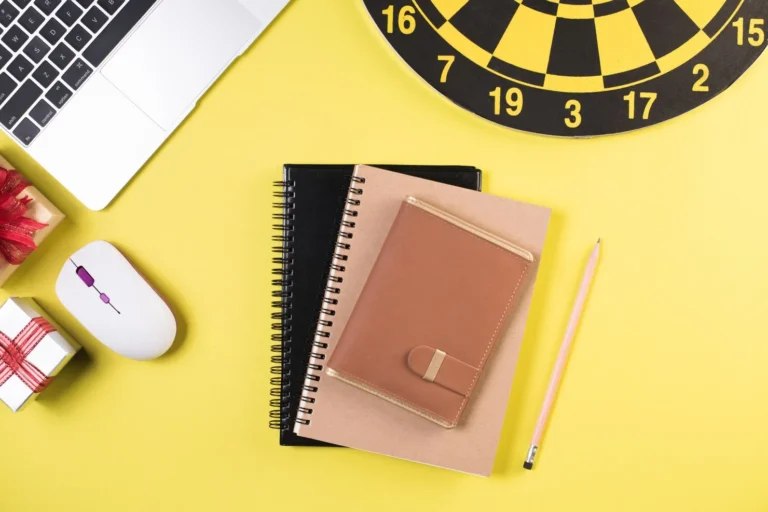Table of Contents
- Introduction to Spiral Bound Book Printing
- Choosing the Right Material
- Design Tips for Spiral Bound Books
- Proofreading and Editing
- Binding Techniques and Their Impact
- Applications of Spiral Bound Books
- Conclusion
Introduction to Spiral Bound Book Printing
Spiral-bound book printing provides a flexible option for producing top-notch booklets, catalogs, manuals, and other materials. A grasp of this printing technique can assist you in creating high-quality, distinctive outcomes. If you’re considering spiral bound book printing for your next project, you’ll want to ensure every element is top-notch, from materials to design.
Spiral-bound book printing provides not only durability but also an elegant presentation. Due to its flexibility and professional finish, this method is favored in many applications, such as academic materials, corporate presentations, and creative portfolios. Whether you’re producing training manuals for new employees, yearbooks for graduating students, or even recipe books for your culinary adventures, the spiral binding method ensures that your content remains intact and easy to navigate.
Choosing the Right Materials
Selecting suitable materials is crucial for the overall quality of your spiral-bound book. Hardcover, softcover, and different types of paper, such as gloss, matte, and recycled options, all contribute to the final product. Selecting the suitable material is the first step in ensuring longevity and visual appeal. For instance, a hardcover might be appropriate for high-end presentations and coffee table books, while a softcover could be ideal for lighter, more portable booklets.
Types of Paper
- Gloss Paper: Ideal for vibrant color printing and photos. Gloss paper enhances the visual appeal of images, making colors pop and giving a sleek, shiny finish. This type of paper is excellent for catalogs or portfolios where visual elements need to grab attention.
- Matte Paper: Provides a non-shiny finish that is perfect for readability. Matte paper reduces glare and enhances text legibility, making it an excellent choice for manuals and educational materials focusing on straightforward text reading.
- Recycled Paper: A sustainable and eco-friendly choice without compromising on quality. Recycled paper is perfect for brands and individuals looking to reduce their environmental impact. Choosing this option sends a positive message about your commitment to sustainability.
Design Tips for Spiral Bound Books
Effective design ensures your content is engaging and easy to read. Investing time in these design elements can make a significant difference:
- Consistent Layout: Use a consistent layout for a professional look. Consistency in fonts, margins, and page numbering adds to the overall quality of your book. A cohesive design ensures your book looks polished and intentional rather than haphazard.
- High-Quality Images: Ensure images are high resolution to maintain quality. Low-resolution images can look pixelated and unprofessional, diminishing the impact of your work. Always aim for at least 300 DPI (dots per inch) for printed images to ensure they appear crisp and clear.
- Readable Fonts: Choose fonts that are easily read in print and digital formats. Serif fonts are traditionally easier on the eyes for printed text, while sans-serif fonts work well for digital formats. The key is maintaining readability while reflecting your content’s tone and branding.
Proofreading and Editing
Thorough proofreading and editing are essential steps before finalizing your project. Catching errors before printing will save you time and money. Tools can assist with grammar and spelling, but it’s also recommended to have a second pair of eyes review your content. This ensures that no minor errors slip through the cracks and that your final product is as polished as possible.
Editing is about more than isn’t just catching typos. It’s about ensuring that your content flows logically, that your arguments are coherent, and that your design choices make sense in the context of your overall goal. Sometimes, this process may reveal more considerable structural changes that need to be made, leading to a more robust final product.
Binding Techniques and Their Impact
Binding techniques can affect the durability and usability of your spiral-bound book. Spiral binding is known for its flexibility and ease of use, making it ideal for various applications from education to business. The spiraled wire allows the pages to lie flat or even fold back on themselves, which is beneficial for note-taking and presentations. This feature is handy for workbooks or instructional manuals, where users may need to write or refer to content hands-free.
Each has unique advantages and can be selected based on the project’s requirements and budget. Perfect binding gives a more polished, book-like appearance, while saddle stitching is often used for shorter booklets and brochures due to its cost-effectiveness.
Applications of Spiral Bound Books
Spiral-bound books are versatile and can be used in various settings, including:
- Educational: Workbooks, manuals, and notebooks. Teachers and students appreciate the durability and convenience of spiral-bound books, which can endure frequent use. They are easy to handle during classes and can withstand extensive wear and tear, which is essential for educational environments.
- Business: Reports, presentations, and handbooks. Corporate settings benefit from professional-looking documents that can be easily referenced during meetings or presentations. A well-bound business report can make a powerful impression on stakeholders and clients.
- Personal: Portfolios, scrapbooks, and journals. Creatives and hobbyists enjoy the flexibility of spiral-bound books for showcasing their work and preserving memories. Adding pages or rearranging content without damaging the book is a significant advantage for personal projects.
Conclusion
Achieving professional results with spiral-bound book printing requires careful attention to materials, design, and finishing touches. Understanding these elements allows you to create high-quality printed materials that meet your goals and impress your audience. Whether for educational, business, or personal use, the right paper, binding, and design choices will ensure your spiral-bound book stands out. By considering these factors at the beginning of your project, you will benefit in the future with a final product that is both practical and visually appealing.

